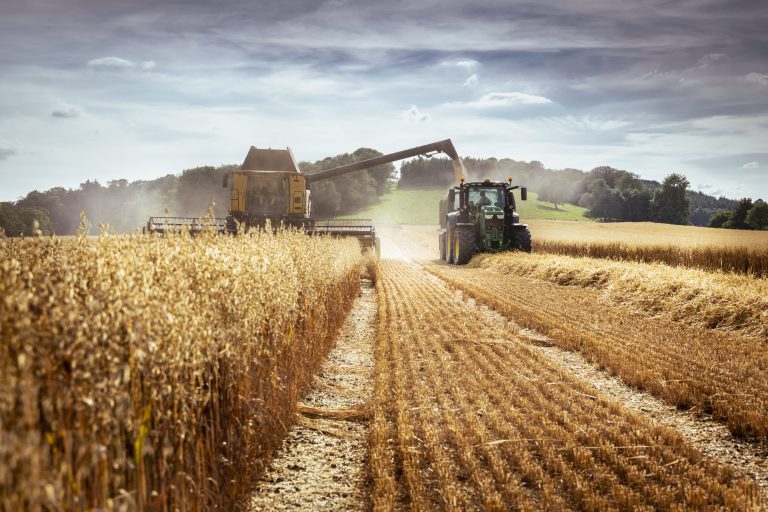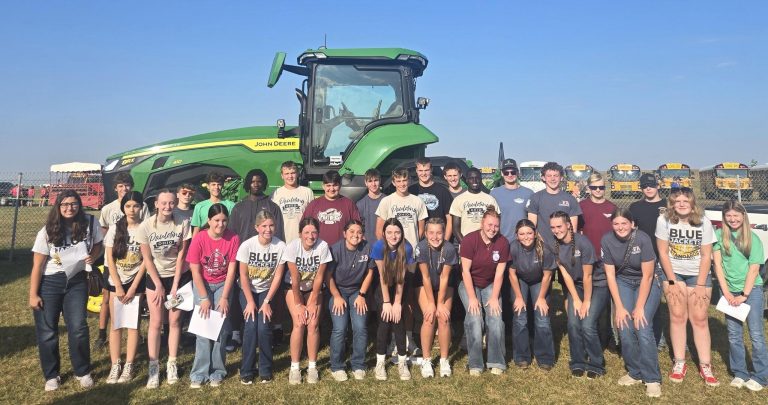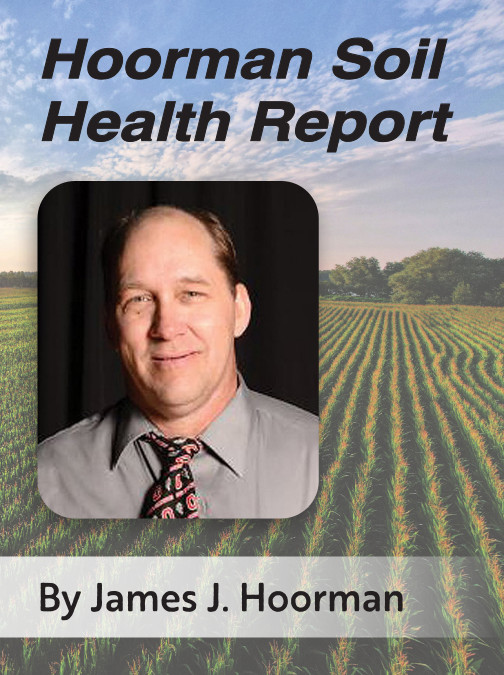The Paulding FFA had 30 members and two advisors attend Farm Science Review on Wednesday, September 17, in London, Ohio. The members started the morning with breakfast at McDonald’s and then headed to London, Ohio to enjoy a day filled with hands-on learning experiences and learning more about the new technologies in the agriculture industry. Farm Science Review strives to teach its visitors of all ages about the current issues and opportunities in the agriculture industry. Some notable exhibitors this year include the Farm Bureau, OSU Extension, and John Deere. Students could take shuttles out into the fields of FSR to see equipment in operation and drone demonstrations conducted by local agricultural businesses. Then students could tour the Gwynne conservation area to learn more about native plants, talk with soil scientists, and even go down into a soil pit. In-depth experiences, such as virtual welding demonstrations, were also available to FSR visitors, allowing them to view the industry from a hands-on perspective. There were several different types of livestock on exhibit for the students to learn more about as well. We also saw some local ag companies from our area, as well as former Paulding FFA members, while visiting FSR. Our students and advisors immensely enjoyed this opportunity and will continue working to share their agricultural knowledge. The members are already talking about attending this event again in the coming years.



